Sand Cone Density Apparatus
A best sand cone density apparatus is a field testing instrument used to determine the in-place density of compacted soil.
Sand Cone Density Apparatus:-
A best sand cone density apparatus is a field testing instrument used to determine the in-place density of compacted soil.1 This method, often referred to as the sand cone test, is standardized under specifications like ASTM D1556 and AASHTO T 191.2 It is particularly useful for measuring the density of soils that can be excavated with hand tools, generally those with a maximum particle size of 2 inches (5.1 cm).3
Components and Function
The apparatus consists of three main parts:
- Sand container: A one-gallon plastic jar that holds the test sand.4
- Detachable metal cone: A funnel with a valve at the base that connects to the container.5
- Base plate: A flat, square plate with a central hole that serves as a guide for excavating the test hole and a stable platform for the apparatus.6
The Sand Cone Test Procedure:
The Sand Cone Density Apparatus test determines the volume of an excavated hole by filling it with a free-flowing, uniformly graded sand of a known density.7 The process involves these general steps:
- Calibration: Before the test, the density of the sand to be used is determined in a laboratory.8 The weight of the sand required to fill just the cone is also calculated.9 This is known as the “cone correction factor” and is subtracted from the total sand weight to find the exact weight of sand that filled the test hole.
- Excavation: A test site is prepared by creating a flat surface.10 The base plate is placed on the prepared surface, and a hole is carefully excavated through the central opening. All the excavated soil is collected in a moisture-tight container and weighed.
- Volume Determination: The sand cone apparatus, filled with the calibrated sand, is placed over the test hole.11 The valve is opened, allowing the sand to flow into and fill the hole and the cone.12 Once the sand stops flowing, the valve is closed, and the remaining sand and apparatus are weighed.13
- Calculations: The weight of the sand used to fill the hole is determined by subtracting the final weight of the apparatus (with remaining sand) from the initial weight. This value is then divided by the known density of the sand to calculate the volume of the hole.
- Density Calculation: The wet density of the in-place soil is calculated by dividing the weight of the excavated soil by the volume of the hole.14 The soil’s moisture content is also measured, allowing for the calculation of its dry density.15 This dry density is then compared to a maximum dry density obtained from a lab compaction test (like the Proctor test) to determine the percent compaction.16
<hr size=2 width=”100%” align=center>
This video provides a brief explanation of the sand cone density apparatus and how it’s used.
Gilson Sand Cone Density Apparatus
Sand Cone Density Apparatus Mathematical calculations:-
The Sand Cone Density Apparatus mathematical calculations for the sand cone density test involve a series of steps to determine the in-place dry density of the soil.1 The process requires several key measurements from both laboratory calibration and the field test.
- Determining the Unit Weight of Sand
This is the first step, performed in a lab, to find the density of the sand used in the test.
γsand=VcWs
Where:
- γsand is the dry unit weight of the sand.2
- Ws is the weight of sand required to fill a calibration container of a known volume.3
- Vc is the known volume of the calibration container.
- Determining the Weight of Sand in the Cone
This step, also known as the cone correction, determines the weight of sand needed to fill just the cone and the base plate.
Wcone=W1−W2
Where:
- Wcone is the weight of sand in the cone and base plate.
- W1 is the initial weight of the apparatus filled with sand.
- W2 is the final weight of the apparatus after filling only the cone and base plate on a flat surface.
- Calculating the Volume of the Test Hole
This is the first field calculation of Sand Cone Density Apparatus. The total weight of sand used in the field is found and then adjusted for the cone correction to find the weight of sand that filled only the hole.
Vhole=γsandWtotal_sand−Wcone
Where:
- Vhole is the volume of the excavated hole.4
- Wtotal_sand is the total weight of sand that filled both the hole and the cone.5 This is the difference between the initial weight of the apparatus before the test and its final weight after the sand is poured into the hole.
- Wcone is the cone correction from the previous step.
- γsand is the dry unit weight of the sand from the first step.6
- Calculating the Wet and Dry Density of the Soil
The Sand Cone Density Apparatus With the weight of the excavated soil and the volume of the hole, you can find the wet density.7 The dry density is then calculated using the soil’s moisture content.
γwet=VholeWwet_soil
γdry=1+wγwet
Where:
- γwet is the wet density of the soil.
- Wwet_soil is the weight of the soil excavated from the hole.8
- Vhole is the volume of the test hole.9
- γdry is the dry density of the soil.
- w is the moisture content of the soil, expressed as a decimal (e.g., 10% moisture = 0.10).10
A key aspect of this test is to compare the calculated dry density (11γdry) to the Maximum Dry Density obtained from a lab compaction test to find the Percent Compaction, which is a measure of quality control.12
Here’s a video that provides a visual demonstration of the calculations involved in a sand cone test. Sand Cone Density Testing
Be the first to review “Sand Cone Density Apparatus”
You must be logged in to post a review.
Related products
All Categories

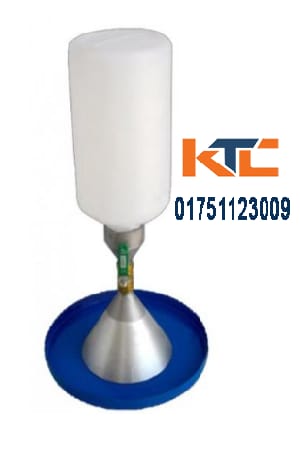
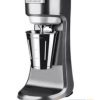
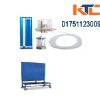

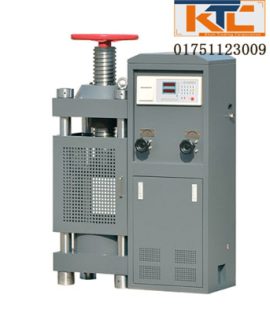
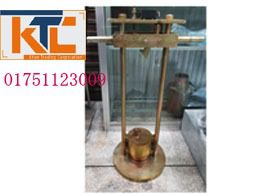

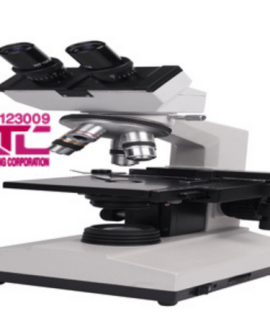
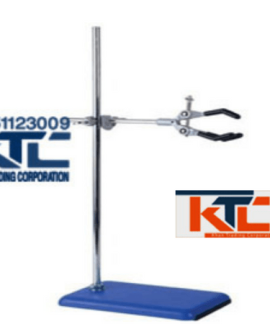
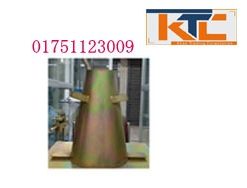

Reviews
There are no reviews yet.